At one point or another, every architecture student or graduate has a portfolio of their work that they have agonized over creating. Portfolios are important; they demonstrate your range of skills and will most likely play a significant role in whether or not you land your dream job. So why are so many of them ineffective? Today we are talking about the “Perfect Portfolio” and what that actually means.
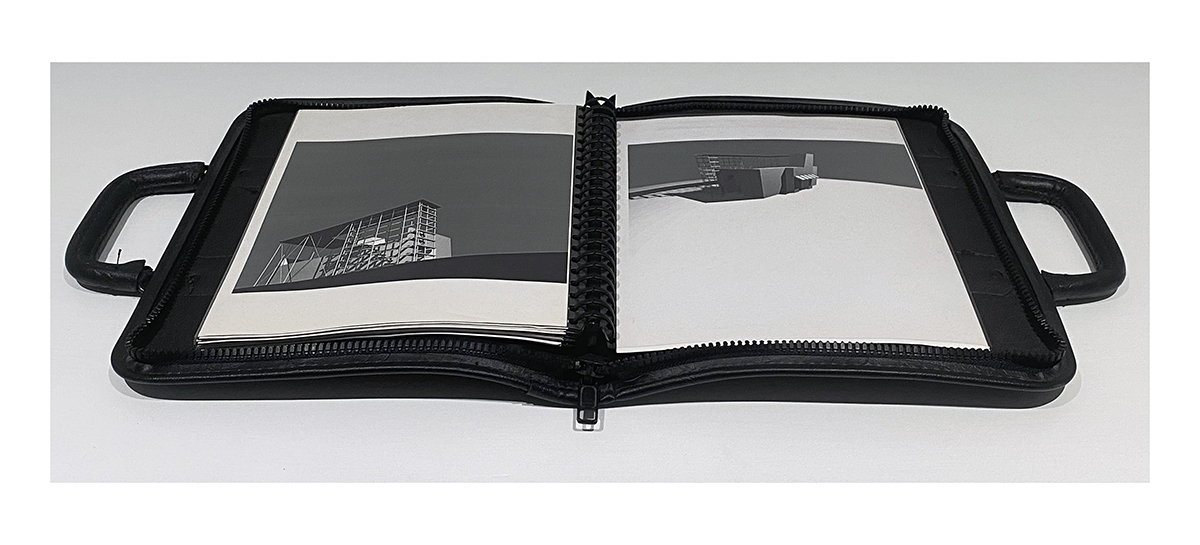
Depending on the time of the year, about 15% of the emails I receive have something to do with portfolios in some form or fashion. There are a handful of questions that get asked over and over again …
• What do they look like?
• What sort of information do I put in them?
• What do people want to see?
• How much information should I put in them?
• How much text versus graphics?
People have questions, and we are going to answer them.
So where do you start? Let’s start with what a portfolio is and why do we still use them – Portfolios are all about illustrating your proficiency in the various skills of the trade and demonstrating that you know how to think and process information. Sounds pretty simple and considering all the moving parts, it is really simple. Most people still don’t seem to understand some very basic considerations that surround the process of building a portfolio.
How is it reviewed? What are people like me looking for? jump to 5:00
The key to having a successful portfolio is to think about how it will be viewed, what messages you are sending based on the content you are providing, and to consider how much time someone will actually be looking at your portfolio. I can promise you it won’t even be a fraction of what you think it will be. The work you spent weeks or even months agonizing over and trying to skillfully articulate in the forms of diagrams, plans, perspectives, collages, etc. etc… won’t be looked at for more than a few moments when it crosses my desk. I’m looking for the tone, trying to see how your brain works, how you process information, how you articulate information – not the specifics of the content itself.
On my first pass through your portfolio – which could be your only pass – I am not reviewing the quality of your design solutions of the items you are displaying within your portfolio. I am treating your portfolio as a standalone project and what I am reviewing is the actual portfolio.
Curate the content
You need to carefully think about which projects, and how many, you want to include in your portfolio – pick only those that are supported with the visuals that tell the story you want to tell. The first time I look at someone’s portfolio, I might spend a maximum of 5 seconds on any given page – that’s it – and that’s not a lot of time to convey your message. What I do look for from your portfolio is how they are laid out on the page, the balance of positive and negative space, as well as the balance of white space versus the image you are putting on display.
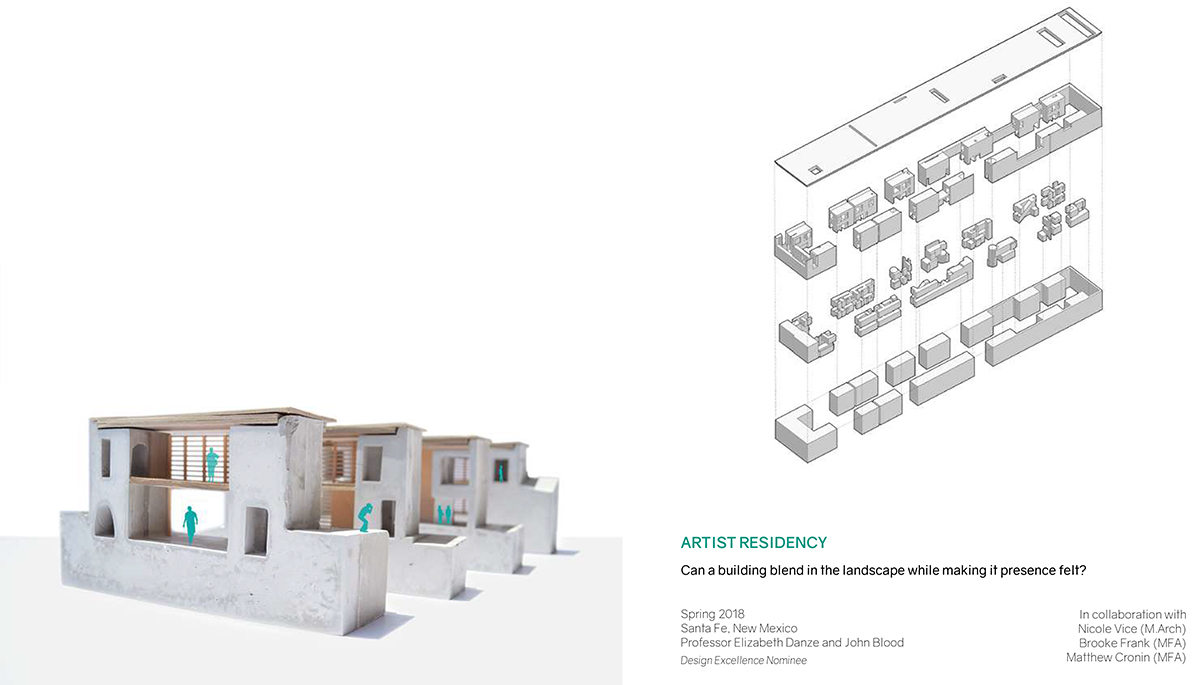
Let Your Images Tell the Story jump to 28:47
You should consider how much text you decide to include in your portfolio … because I probably won’t read it the first time I flip through your pages. This is something that I think about every time I look at a portfolio … or even write one of my blog posts. Most people like to look at the pictures, and if the images are evocative enough to catch someone’s attention, you might get them to go back and read the small bit of text associated with that image. The takeaway here is that you need to rely on your pictures and graphics to draw in the people who are reviewing your portfolio. Reading text comes later – maybe during pass number two or three. You should consider your text as a secondary or tertiary contributor at best.
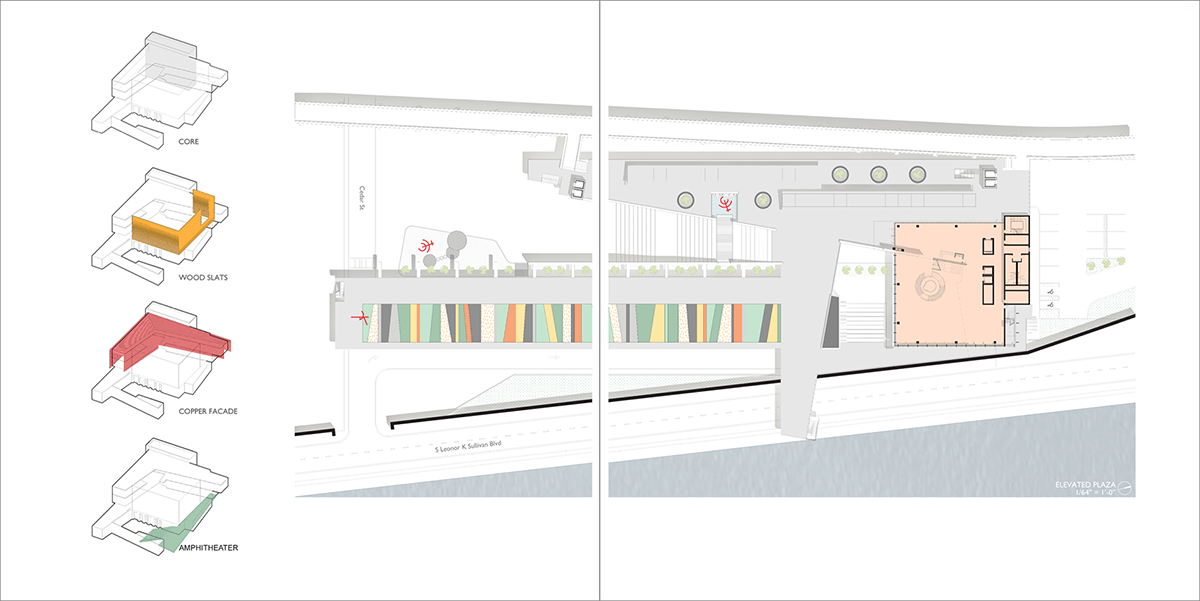
Demonstrate your Graphic Fluency jump to 31:02
Unless this is the first time you’ve ever read an article on my site, you already know that I am extremely particular in my use of graphics when it comes to drawing. The use of line weight is very important in architectural drawings and I can promise you that if you don’t use it, I’m not going to look at your drawings for very long. In addition, you need to be consistent in your graphics and layouts – there should be a pattern to how your information is displayed across your entire portfolio. Do NOT design a new layout for each project within your portfolio – remember that the people reviewing are looking at your portfolio as a single standalone design task, not a collection of individual designs.
The other major consideration is the use of 3D modeling software and how it leads to the creation of unnecessary content. Now that entire projects are modeled 3-dimensionally, it is relatively easy to prepare untold millions of sections and elevations … but not all of these are worth showing because not all of them align with the story you are trying to tell. More times than not, and I’m a little embarrassed to admit this, whenever I am on a jury and some student has pinned up a million CAD drawings, I think it’s a red herring, something done just to throw me off the scent to the fact that they haven’t really done everything they needed to but they can easily create a lot of drawings to make it look as if they’ve done a lot of work. Don’t do this!
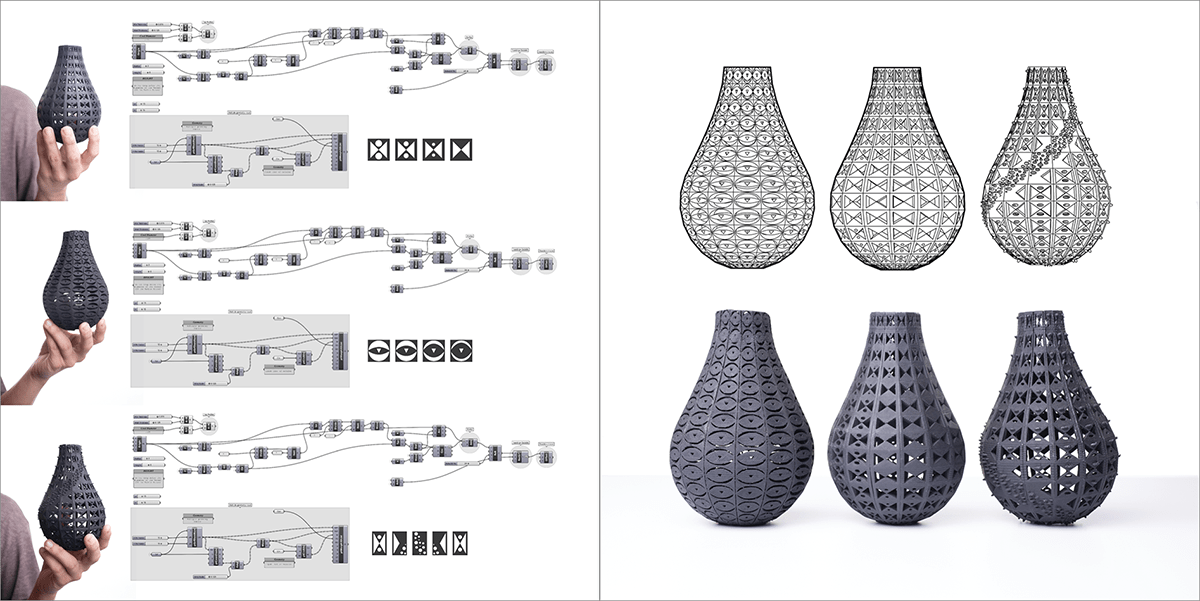
Models … include at least one jump to 42:45
While it would seem that fewer and fewer students build models these days, I like to see them in any portfolio I am reviewing. Looking at a model that you made does more than just allow me to reminisce about the good old days … it tells me something about your attention to detail, your ability to focus on a fairly mind-numbing task for an extended period of time, and I can look at how your model was built from a craft standpoint – which tells me something about you as an individual. Do you care enough about your work to make sure that things are glued down properly? That all the teeny-tiny elements are properly aligned to one another? What about your decision-making process on how to articulate the materials within your model?
Physical models are just another way for me to evaluate your design aesthetic. You have to decide how to present it, what sort of base is it sitting upon, what shape is the footprint of the model? I don’t know if you’ve noticed this, but none of the items I’ve been talking about have anything to do with the actual design. I am not judging your design, I am examining your thought process about how you communicate an idea and demonstrate pride in your work.

Include Something that Isn’t a Building jump to 48:24
It is hard for me to truly evaluate a building design project presented in a portfolio. For all I know, your studio professor made all the hard decisions for you … or maybe you were the weakest member of the team jointly working on a project. For these reasons, I like to see something from your time in school that isn’t a building. Whenever I am presented with a portfolio that contains some sort of demonstration of outside interests and how you’ve managed to merge multiple interests together, it automatically makes you a more interesting individual to me and as a result, those portfolios almost always stand out. The image above was from a portfolio I review at the end of the 2020 Spring semester – clearly this is not a project this student was assigned in school.
Surely you can look at the image above and come to the same conclusions I did that makes this particular candidate more interesting. Attention to detail, passion about execution, personal exploration and growth are all on display.
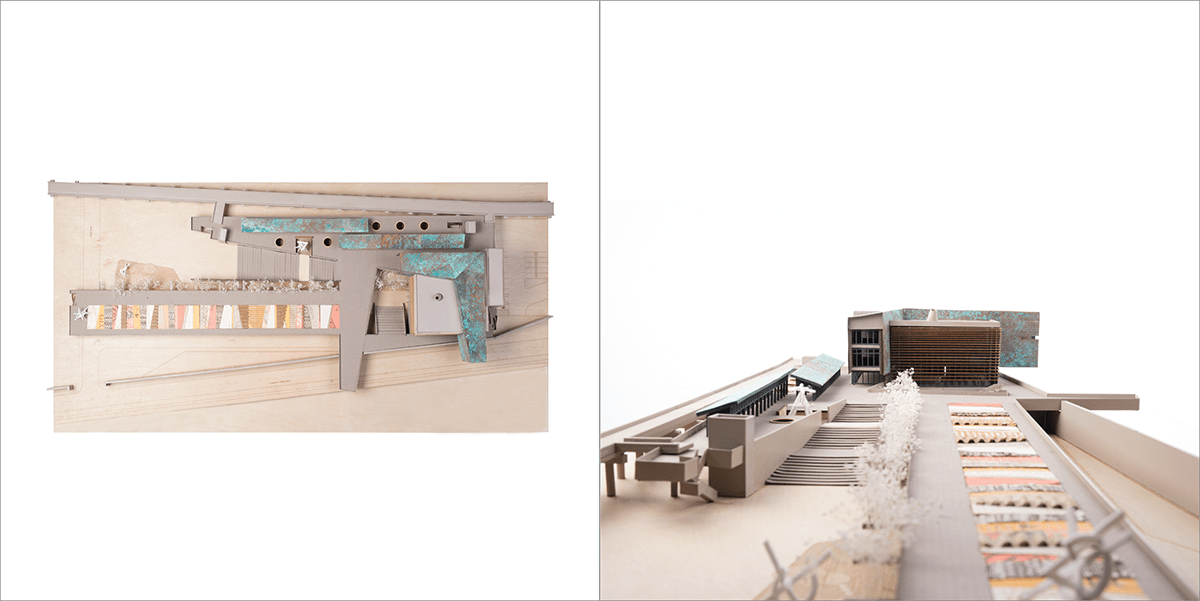
Include Something You Made by Hand jump to 49:40
This is definitely old school, but for me, I really want to see something that you did without using a computer. There seems to be a disconnect these days between modern architectural educations and the idea of the Architect as a “Master Craftsman”. One of the most important sections you can include is something that you did or created, that didn’t involve clicking some buttons and moving a mouse around. Show me some sketches, maybe you built a kayak, restored an old car, maybe you take and develop your own pictures (I know, who develops pictures anymore?…) This is the one area of your portfolio that can be used to tell me something about who you are, and the things that interest you, that go beyond the courses you took in college. If someone included a picture of a handmade Stormtrooper costume that they made, it would interest me.
Portfolio Format jump to 51:42
You should have one printed out version of your portfolio that you can bring with you on your job interviews. Once you get your first job, that portfolio will most likely be relegated to a shelf in your apartment for all eternity because nobody cares what you did in college once you are a few years removed from graduating.
You should have your portfolio available for viewing digitally online somewhere. Danielle’s portfolio was 154MB in size and I’d be really irritated if someone tried to email me a portfolio that size. You could make it a shared file on your Google Drive, or you could establish an account at sites like Issuu that can house your online portfolio.
So to wrap up our chat about portfolios … Yes, your portfolio is important and you will use it at various points during school and your early career to leverage it into something you want. Just realize that at some point in the early future, you will be embarrassed that you thought your work was so great when it clearly isn’t as great as you probably think. Your portfolio will find a home in some closet with other items of diminishing importance because you will discover that the purpose your portfolio serves isn’t what you thought it was.

Occasionally we have a hypothetical question that is probably not worth discussing – mostly because there’s nothing redeeming about the conversation, but those are almost always the most fun to discuss. jump to 55:18
"You eat a fortune cookie only to read the fortune after-the-fact which tells you that if you eat this cookie, you will become a World-class martial arts master. What will you do with this new skill … and how long before you get in a fight?"
Can I just tell you that for one of us, this is a dream come true … and it wasn’t me. Fun fact: I have never been in a real fight in my life but to this day, I maintain the opinion that if you are the person that finally entices me into my first fight, I will destroy you with all my years of pent up aggression.
Portfolios are a right of passage for every architect walking the planet so as you are putting your portfolio together, think about the message you are trying to convey. Spend the time to figure out hat do you want to person looking at your work to know about YOU and spend less time focusing on what they think about your “Terraforming Lifestyle Pod on the Dark Side of the Moon Habitat Research Station” project.
Cheers and stay safe,

Life of an Architect would like to thank Petersen for their gracious support of this episode as well as our media partners, Building Design+Construction. If you would like to learn more about Petersen or any of their products, you can reach them at info@pac-clad.com.






